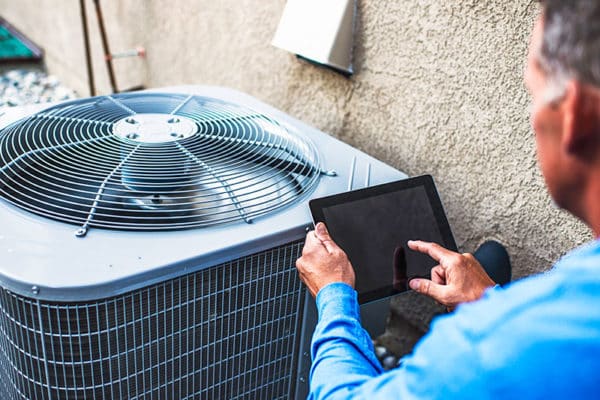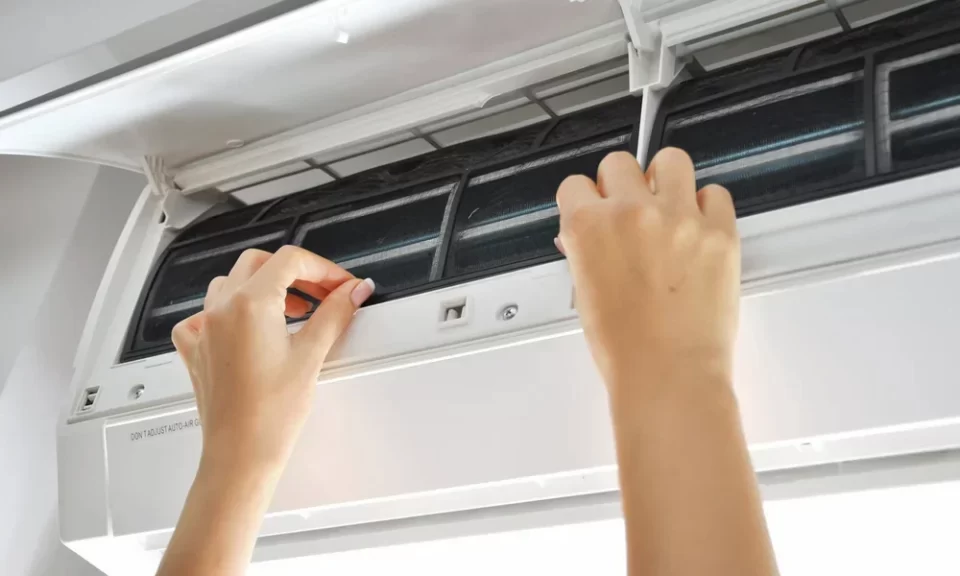Not sure what to check before picking out a window AC? It’s easy to get overwhelmed with all the options. But a few key details make all the difference. Let’s explore what really matters before making a decision.
Cooling Capacity Matters More Than You Think
Start with cooling power, measured in BTUs. This tells how well the unit will cool a specific space. Bigger isn’t always better—too much cooling can lead to uneven temperatures. On the other hand, a low-capacity unit will struggle to keep up. Premium brands such as LG AC units come with a range of BTU options to match different room sizes. Always check the square footage for which the unit is rated.
A small room might need just 5,000 to 6,000 BTUs, while a large living room could require over 12,000. Keep in mind factors like sunlight exposure, room height, and how many people typically use the space. Too little power means longer cooling time and higher energy use. Too much power wastes energy and increases wear on the unit. A good match helps ensure comfort and efficiency.
Energy Efficiency Saves in the Long Run
Energy ratings are a key spec that shouldn’t be skipped. The Energy Efficiency Ratio (EER) or the more current CEER rating shows how efficiently the unit uses power. Higher numbers mean better efficiency. Units with ENERGY STAR® certification also meet strict energy-saving standards. Over time, a more efficient model can cut monthly utility bills, which add up, especially during long summers.
Look for additional features like eco mode or programmable timers. These can help limit usage when cooling isn’t needed. Some models even come with sensors to adjust airflow based on room conditions. Efficiency is about more than just savings—it’s about smart cooling. Choosing the right model now avoids regrets later.
Don’t Overlook the Noise Level
Noise might not seem like a big issue—until the unit runs all night. Quieter models usually list decibel (dB) ratings. Lower numbers are better for bedrooms or quiet areas. For example, a unit rated around 50 dB is similar to a light conversation. Louder options may work for garages or workshops but not shared living spaces.
Some modern models offer multiple fan settings to reduce noise during low-demand periods. Others come with sleep mode to maintain temperature while keeping things quiet. If the unit runs constantly, even small sounds become noticeable. Quieter models improve overall comfort. Think of it as part of the user experience.
Work with a Trusted Cooling Equipment Specialist

Choosing a quality unit is only part of the process. Working with a knowledgeable supplier helps avoid confusion and delays. Professionals can recommend units that fit the space and offer support with installation. This is especially helpful for those unsure about sizing, brands, or added features. Suppliers who know their products often point out options others miss. In short, expert advice saves time and effort.
In addition, established suppliers can offer ongoing support or warranty guidance. If something goes wrong, there’s someone to call. A reliable partner makes a big purchase feel less risky. With trusted support, shoppers feel more confident in their choices. It’s not just about finding the right unit—it’s about buying it the right way.
Installation and Maintenance Shouldn’t Be Complicated
A window AC unit should be easy to install and maintain. Many models now come with installation kits that include brackets, weather stripping, and clear instructions. That said, not all units fit every window type, so double-check dimensions before buying. Units that are too heavy or awkward can make setup frustrating. Simple mounting systems reduce the risk of damage to windows or walls.
Picking the perfect window AC is easier when the specs are clear. From cooling power to energy efficiency, small details lead to smarter decisions. Brands like LG AC units combine performance with long-term reliability, which makes them a strong contender. But even the best units work better when chosen with guidance. Take time to compare, ask questions, and look at what truly fits the space.

